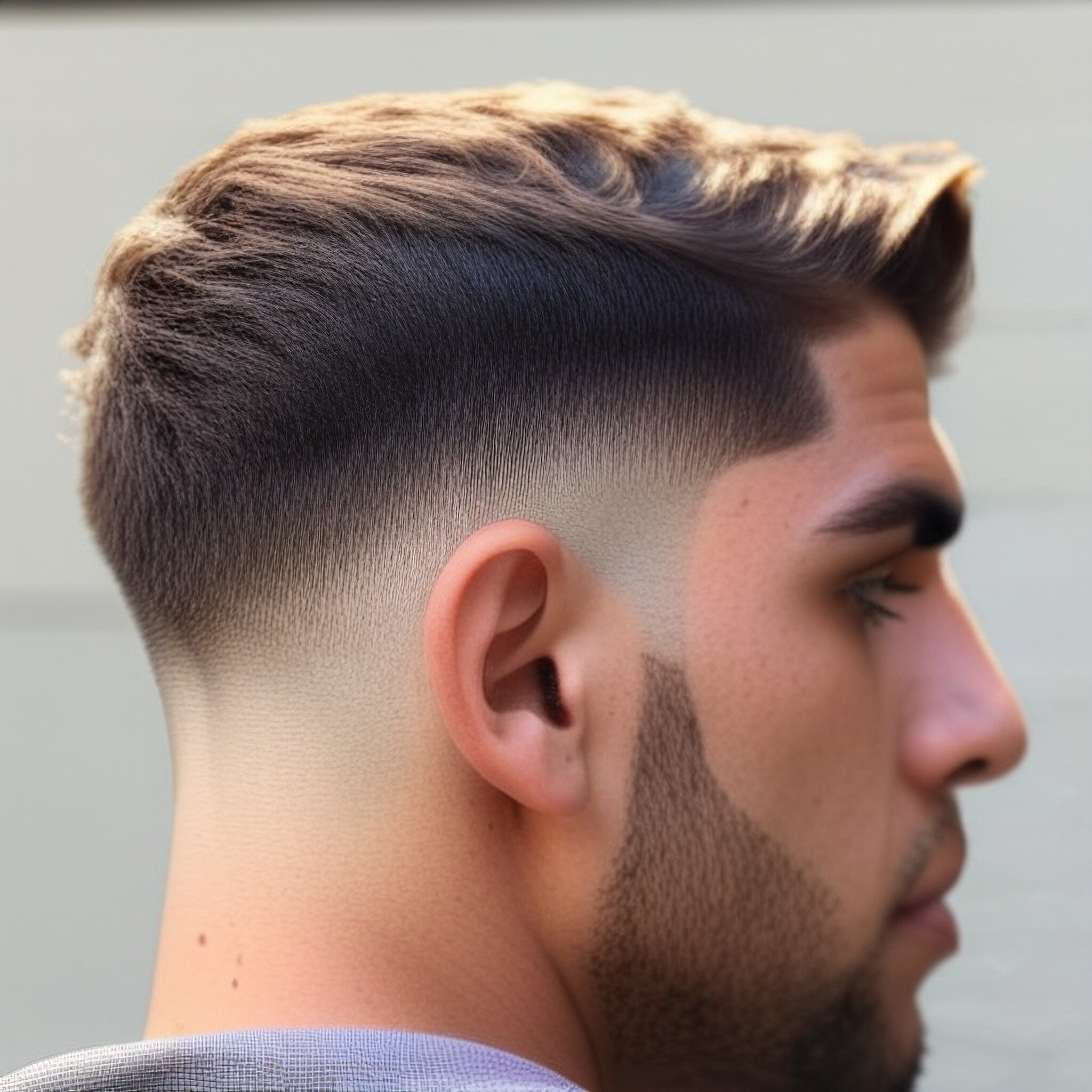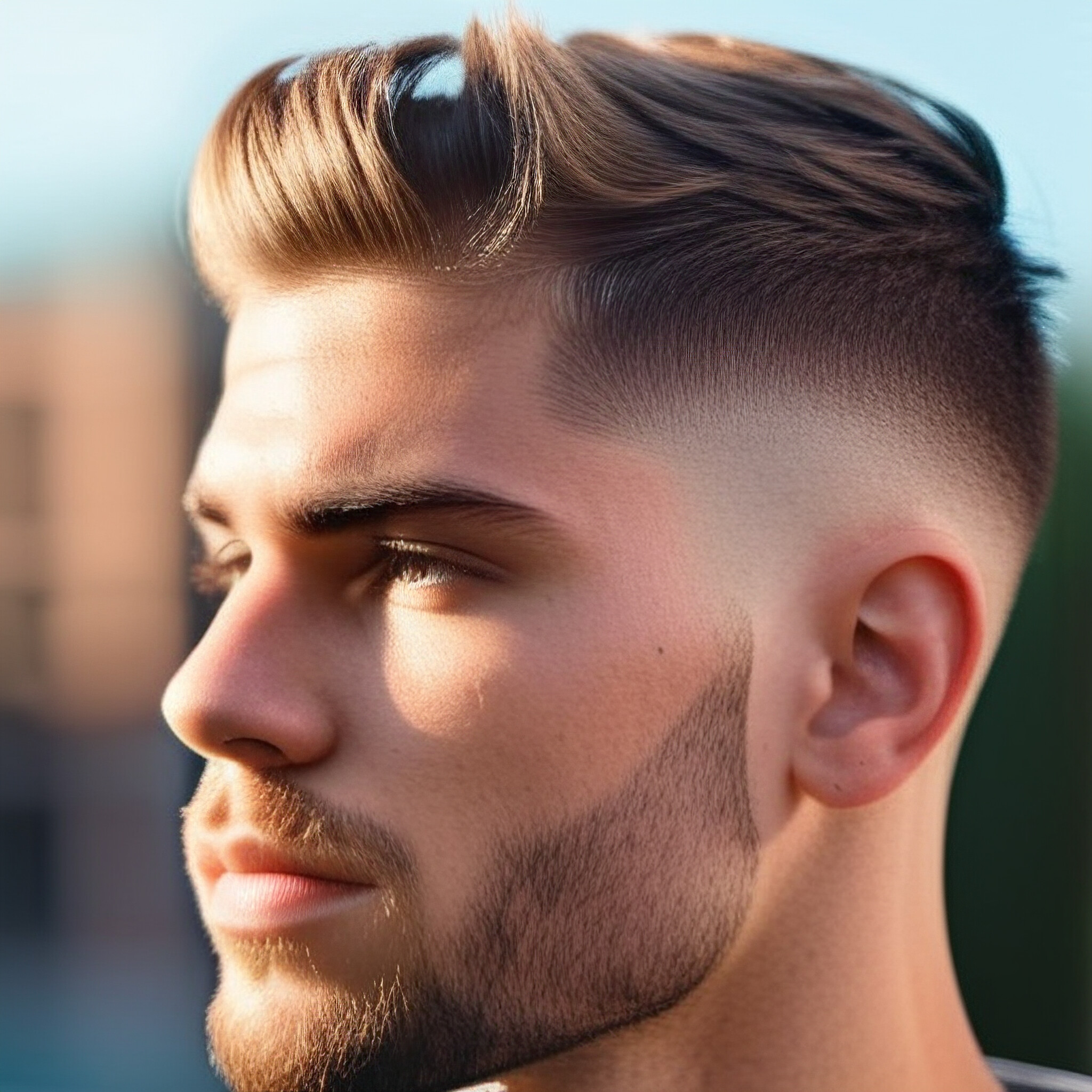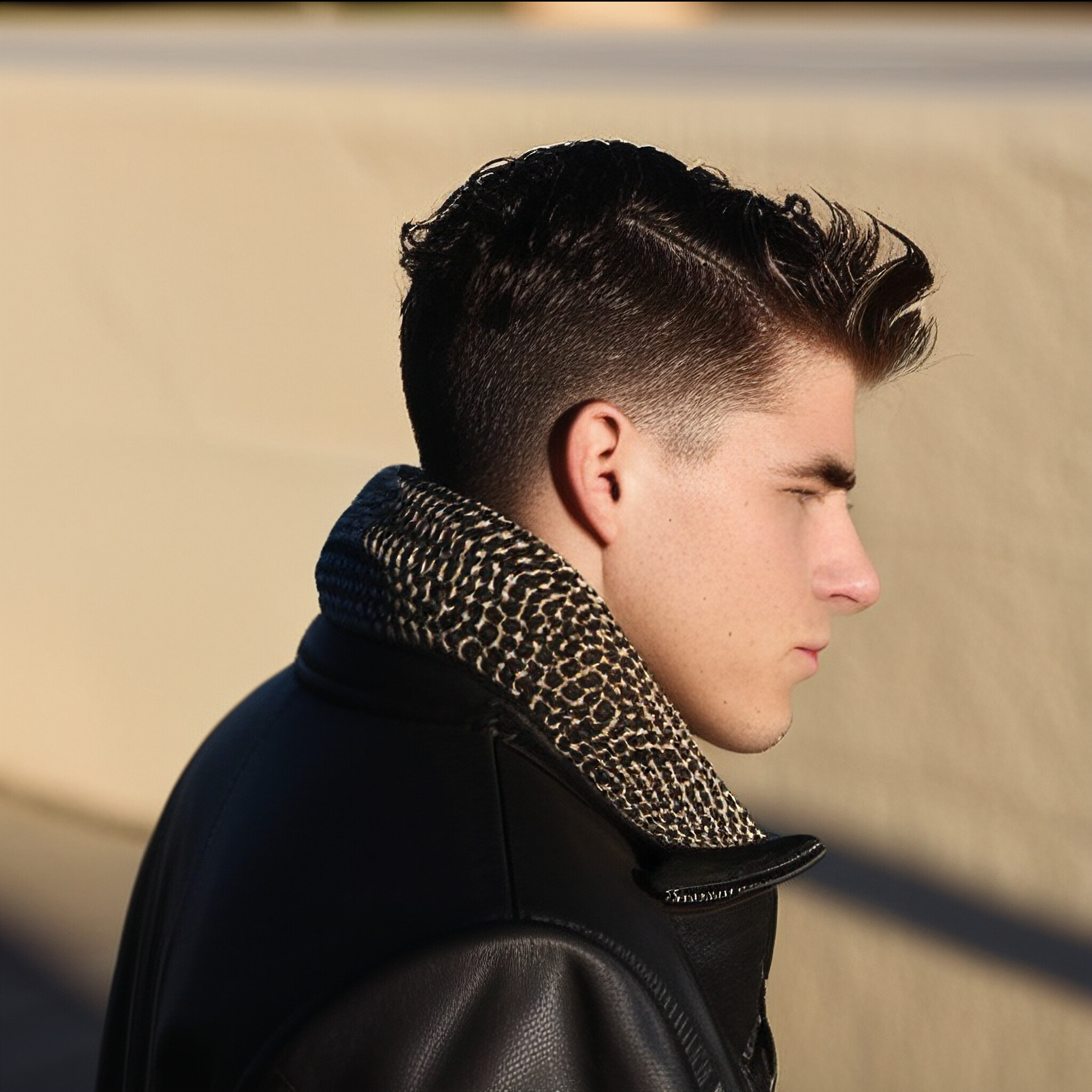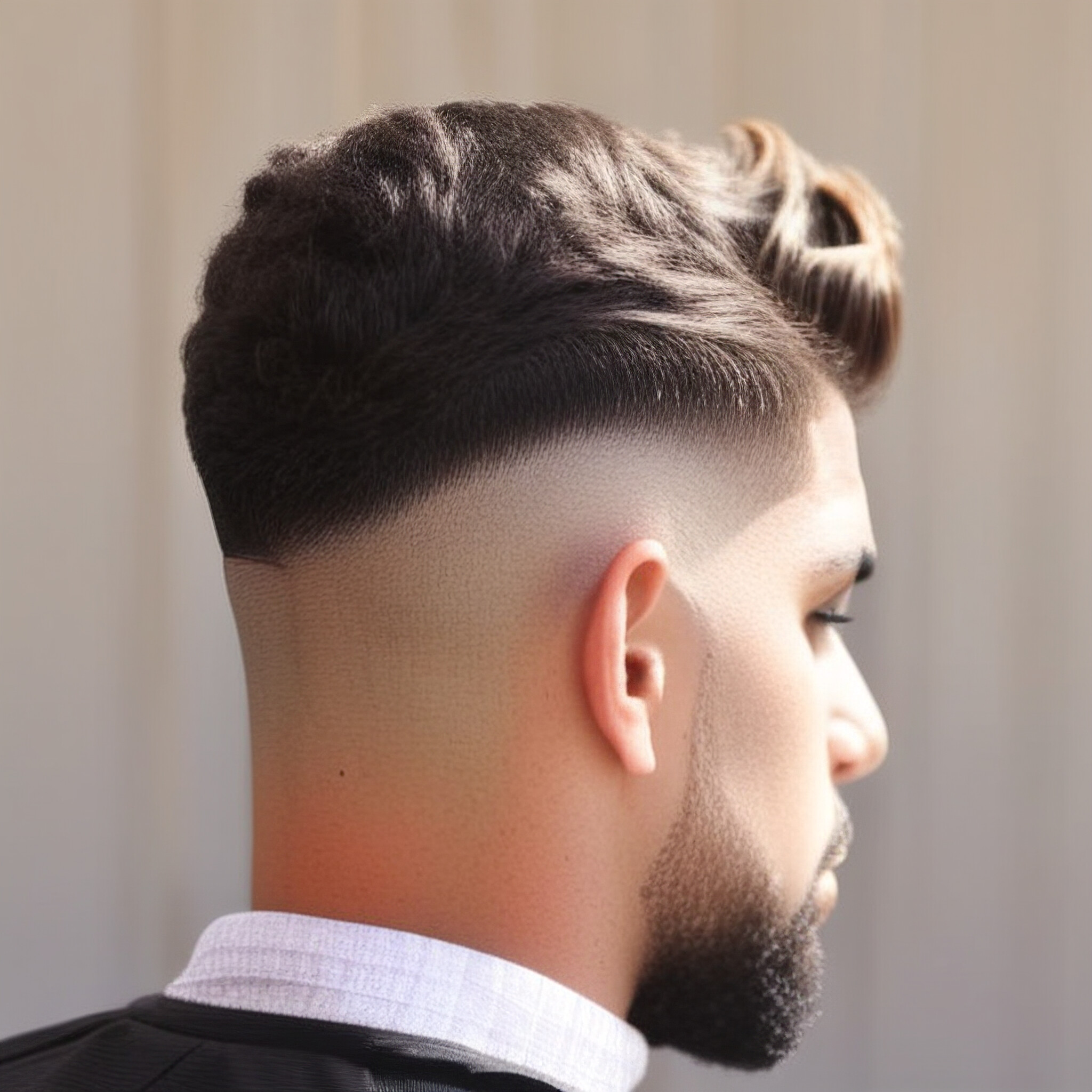When it comes to modern men’s haircuts, two terms often confuse people: the low fade taper and the low taper fade. Though they sound similar, these two styles offer distinct looks and techniques. Understanding the difference can help you make the right choice for your grooming style.
What Is a Low Fade Taper?
A low fade taper is a haircut where the hair gradually decreases in length, starting near the temples and the nape of the neck. The fade portion is kept low on the head, starting just above the ears, and tapers down toward the neckline. The fade in a taper cut is more subtle, with longer hair on top blending smoothly into shorter hair on the sides and back.
In this style, the taper is key—it refers to the gradual shortening of hair from longer to shorter. The transition is seamless, and the fade remains close to the skin but still leaves some length at the very bottom. The overall look is neat, polished, and great for both casual and professional settings.
Best For: Men looking for a clean, sharp look without too much exposure of the scalp. It’s perfect for those who want their haircut to appear more natural and less dramatic.
What Is a Low Taper Fade?
A low taper fade, on the other hand, combines elements of both a taper and a fade. In this cut, the hair also tapers down, but the fading effect is more dramatic. It gradually disappears into the skin, resulting in a closer cut as you move down the head. The fade typically begins lower on the head, close to the ears and neckline, giving it the "low" fade distinction.
The fade in this style is much more noticeable, as it blends from longer hair on top down to nearly no hair, or even completely bald, at the very bottom. This creates a sharper, more striking contrast than the low fade taper, especially when paired with a longer top.
Best For: Men who want a bolder, edgier look with a noticeable transition between hair lengths. The low taper fade is ideal for those who prefer their haircut to make a statement while still keeping things clean around the ears and neckline.
Key Differences Between Low Fade Taper and Low Taper Fade
Transition: In a low fade taper, the transition from longer to shorter hair is more gradual and subtle. The low taper fade, however, has a sharper and more pronounced transition, creating a higher contrast between the longer top and shorter sides.
Fade Height: Both styles feature a low fade, but in the low taper fade, the fade is much more dramatic and cuts closer to the skin at the lower portion. The low fade taper has more length on the sides as it tapers down.
Edge Definition: The low taper fade is sharper and more defined at the edges, making it a more modern, statement haircut. The low fade taper is smoother, blending into the natural hairline without drastic edges.
Overall Look: The low fade taper gives a more natural, laid-back look, perfect for men who prefer subtlety in their haircut. The low taper fade, with its more intense fade, is for those who like to experiment with edgy and high-contrast styles.
Which One Should You Choose?
Go for a low fade taper if you want a versatile, subtle, and professional look. It’s ideal for those who prefer a low-maintenance style that grows out well over time.
Opt for a low taper fade if you prefer a bolder, edgier look that demands attention. This style is great for men who enjoy a clean, striking appearance with a noticeable transition between hair lengths.
Conclusion
Both the low fade taper and the low taper fade offer sleek, stylish options, but the difference lies in the level of contrast and how dramatic you want the transition to be. If you prefer a more natural and understated look, the low fade taper is for you. However, if you want a sharper and more defined style, the low taper fade will provide a more striking and bold result.





